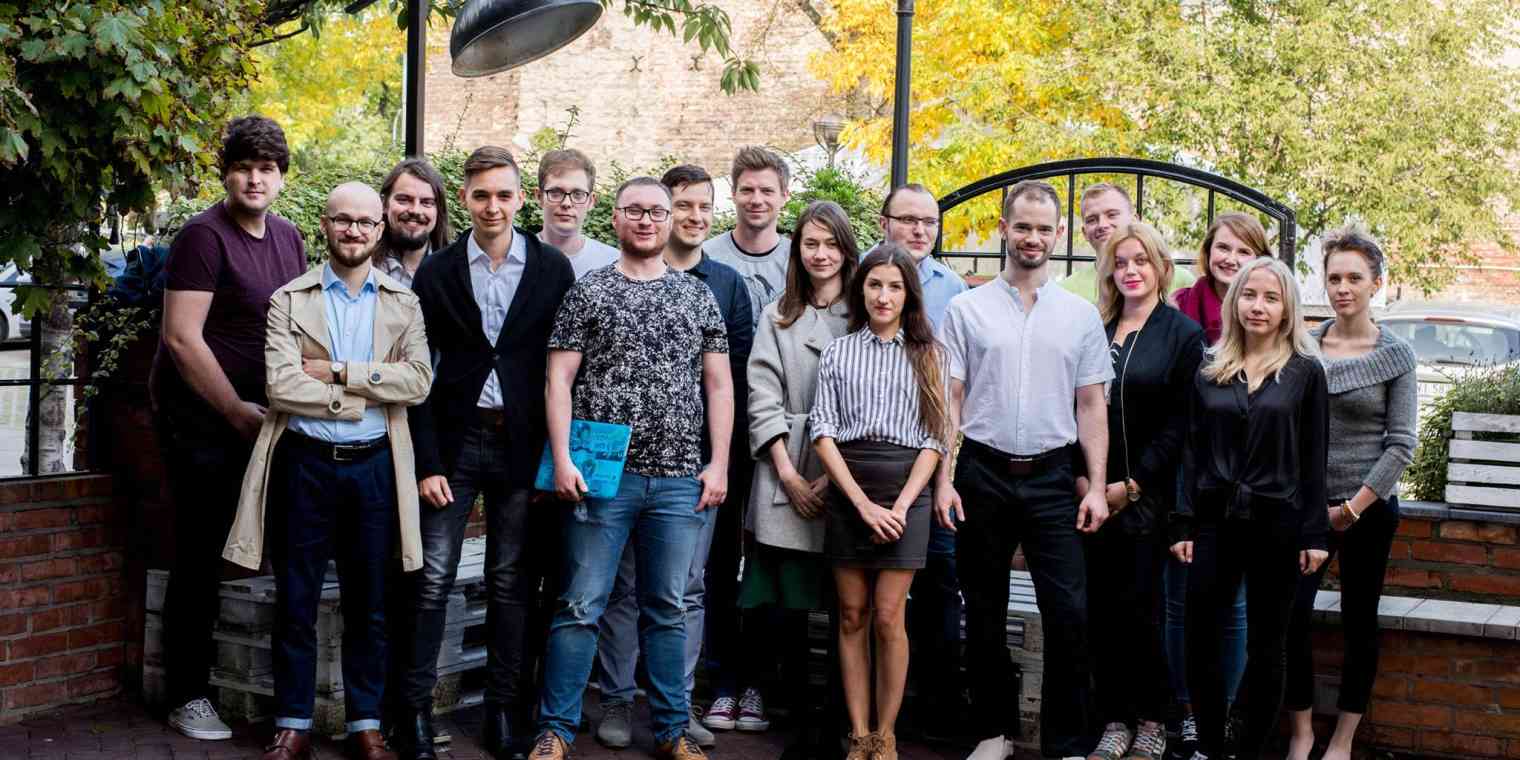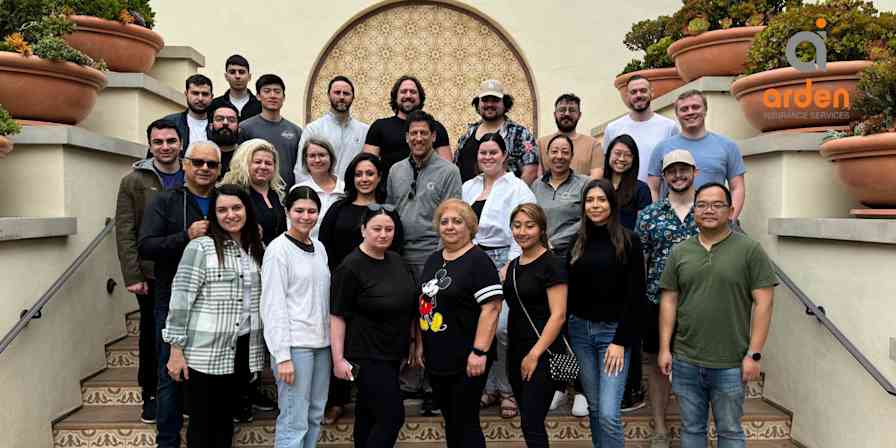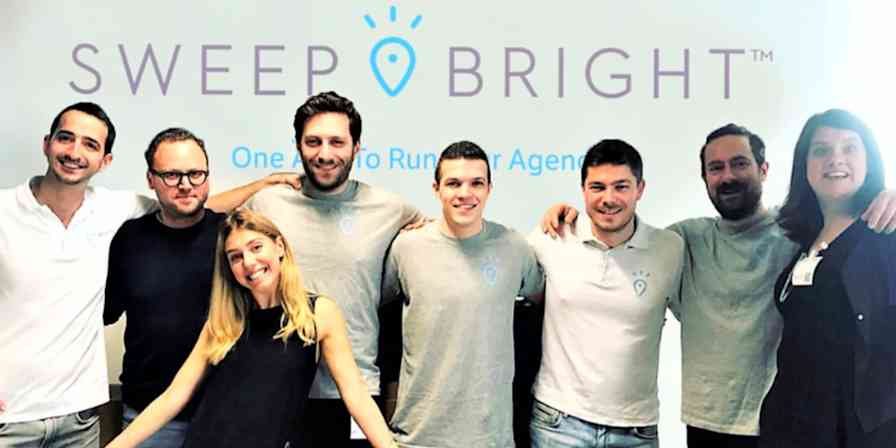Emails, productivity boards, and workflow trackers are now part of most business processes today. Especially for IT-related businesses like DevsData, these applications are crucial to their day-to-day business. As CEO and Founder of Devsdata LLC, I know the importance of efficiency and making sure all resources are well-spent. As with any activity, however, we always look for ways to improve our work, or at least make the most out of it.
Ask my team and other IT professionals and they will likely tell you that when emails, tasks, and notifications start piling up, the workload becomes daunting and the sheer volume of notifications can slowly eat away at one's productivity. This is a common scenario at our workplace and other top-notch software development and consulting agencies. Of course, it does not reflect well that an established dev shop is being overwhelmed by app notifications and lists of tasks.
So, we turned to what we do best: leveraging software and other applications and making it work for us. Just like how we approach their development process when there are errors or bugs, we went over our workflow process and identified areas with problems or rooms for improvement.
Here's how our tech consulting firm was able to improve productivity and come up with a better workflow with a few simple tips, tricks, and tools.
We managed our inboxes (before they took over our work)
A recent study suggests that employees spend about half of their workday (4 hours) managing multiple inboxes. It is also an all too common scenario in many films and workplaces, but the red notification icon showing you have 100+ unread messages is not something to be proud of.
My team and I broke this down into two points for consideration: First, we did not pretend that going through our emails is not work; it is. Most tasks, requests, and other important information come through our inboxes. But as the notifications pile up, our inboxes often snuck up on us and hijacked our time and attention. This distraction often caused everything else on the task list to be pushed back, and then before we knew it, we had not actually made progress in our tasks.
The second point is that emails and messages do not have to take up half of our day if we learn to compartmentalize, prioritize, and actually manage them more efficiently. For this, we again turned to their expertise: apps and automations. In particular, we have found Zapier to be invaluable.
With Zapier, staying on top of our tasks has become a whole lot easier especially when it comes to updates and progress. The Zaps workflows made it easier for us to stay up-to-date on some tasks as we receive emails whenever our Google Sheets rows for a project are updated. The automations also cut down on our work: rows are automatically added to the Google Sheets every time emails come in. File management was also streamlined as the automation platform automatically saves new attachments from labeled emails in Gmail to our Google Drive.
Zapier is workflow automation software that empowers anyone to create complete, customized, automated solutions. Combine user interfaces, data tables, and logic with 6,000+ apps to build and automate anything you can imagine. Check out this page to learn how Zapier works.
The main point for us here was to get as much help as possible in managing emails and the tasks that come with them. Automation is often the best approach. Whatever works for you, it has to be strategic and strict, so you can get things under control, instead of the inboxes controlling you.
These are some Zaps that can help you better manage your inbox:
Send Microsoft Outlook emails with newly-updated rows in Google Sheets
Send emails via Gmail when Google Sheets rows are updated
Add files to Dropbox from new labeled messages on Gmail
Accept the fact that you cannot multitask
Many employees pride themselves on being multitaskers, but very few (if any) are great at juggling multiple tasks at once. In fact, most of the science says multitasking does not work. At most, what we can do is quickly switch our attention from one task to another, but often at the expense of quality output.
When we started embracing this mindset, we became more aware and productive. Since coding and app development are tasks that require full attention, we have streamlined our work by encouraging a one-step-at-a-time approach. Similar to how we build software, we started handling tasks by stages, only moving on to the next work once the current one is completed and up to par.
One significant improvement we have noticed since adopting this approach is the fewer instances of people "running around like a headless chicken". We started coming to terms with the limitations of our skill sets and workload, and started organizing our workflow from there.
People who juggle several tasks at once are more likely to forget things or get distracted easily. If your to-do list is getting longer and you are becoming more pressured because of it, take a breather, and work on what you can. Take on one task at a time and make sure you do it well. Before you know it, you will have made great progress.
Automation can help you keep your task or project list up-to-date.
Add new starred emails to Todoist as tasks [Business Gmail Accounts Only]
Add new labeled emails to Todoist as tasks [Business Gmail Accounts Only]
Add new Gmail messages to JIRA as new issues [Business Gmail Accounts Only]
Improve teamwork
Most IT professionals highlight being a team player in their CVs and résumés, but once they are in their chair and in front of the computer screen, it is most likely that they will be in their own world. It is just more comfortable that way. However, when done right, working with your team (not simply asking for help when you need it) can do magic in increasing efficiency and productivity.
We understand that if the group fosters a collaborative work environment reinforced by friendship, support, and effective communication, any work or project can be completed a whole lot better and faster. We also know that poor communication, too many meetings and catch-ups, and being unable to keep everyone updated with task progress can break momentums and waste valuable time.
For this, we found that HeySpace and Codeanywhere are some of the most practical tools to help foster more collaborative teamwork. Aside from an impressive suite of project management tools, HeySpace has great communication features that lets you stay on top of any project while keeping everyone in the loop. Codeanywhere, meanwhile, lets teams collaborate on one code at the same time, which then allows for increased productivity.
Our takeaway here is that teamwork is not only working with other people, but actually helping them out when you can and making the work easier for everyone. Not everyone in our team will always be busy, so we try to help out others when we can. If they ask for help on a specific language they are not entirely familiar with, we treat it as a learning and teaching opportunity more than anything else.
We made the most of the Cloud
We leveraged the power of the cloud for two main reasons: 1) it is easy to access and retrieve everything if it is backed up online, and not just stored in the office laptop; and 2) it allows for easier collaboration.
We rely a lot on Microsoft OneDrive or Google Drive, which are the most practical for cloud storage. Some of us also try to make any documentation we do available and open, so we can stay up to date on each step of the project. We use Evernote and OneNote, but you can also work with Confluence, SharePoint and other similar programs to help you get started with this.
Moreover, when looking for tools, find ones that actually make the work you are doing easy, rather than the tools being the work themselves. In our workplace, Google Calendar is our main tool for scheduling general office tasks, and with apps like Zapier, Calendar becomes even more integrated and valuable. We use Zaps that let us generate Google Calendar events from new Google Sheets rows and create new Trello cards from new Google Calendar events (or vice versa).
Generate Google Calendar events from new Google Sheets rows
Create Google Calendar events from new Trello cards
Create new Trello cards from new Google Calendar events
You can also use Trello, Notepad++, Postman, 7-Zip, Microsoft Snipping Tool, and many others—whichever works best for your team.
For dev-related work, some of our team members use:
Oh My Zsh for mastering the command line in their workflow
Insomnia for testing REST endpoints
Hub (command-line tool) for making git easier to use
DevDocs for easy storage and access to documentation, even when offline
SVGOMG for scaling SVG images
We got organized
Our IT professionals have an analytical mind, and most of them work by following a process. When tasks start piling up, however, we noticed that it becomes easier to get frazzled and they usually end up ignoring their own process.
To take care of this, we turned not only to our workflow tools, but also the traditional time-tested way of writing things down. We needed to organize our schedule, tasks, and priorities. For us, getting them out of our head and putting them on paper gave the workload a sort of physical form, one that is harder to ignore than the sticky notes on the computer screen.
More than simply listing the tasks, however, we also approached it in a systematic way: breaking each task into actionable steps, assigning priorities and deadlines, reviewing each phase to see if anything is missing, and finally, taking on the task and getting to work.
Evernote, Clear, and Todoist are just some of the apps that helped us improve our routine and give it an order. Also, for saving articles for later reading or videos to watch later, we used Pocket, instead of allowing the links to pile up on our browser’s Bookmark Bar.
Some final thoughts
It doesn't really matter what type of project you are working on. Being as productive and efficient as possible is essential to getting the best results.
But it's important to remember that from time to time, everyone needs a break from their routine. When we experience "programmer's block", we take a break and go outside the office.
A recent study suggested that if you want to take a break and find inspiration, a coffee shop could just be the place to rev up your creativity.
If someone is struggling to accomplish their work, we encourage them to take a breather and pause until their head is clear. A few hours of downtime is ok if it leads to a focused work session and great output. Also, properly timed breaks can boost productivity. Stretch your legs, go for a walk, have a cuppa and use that time to think creatively about the challenges you're working to solve.
Mix and match strategies to find the right ones that work for your team. Small tweaks and additions in your daily routine can do big things in streamlining your workflow and overall productivity, and help you keep your workload under control and your team working together.
This was a guest post from Tom Potanski, founder of DevsData. Want to see your work on the Zapier blog? Check out our guidelines and get in touch.





